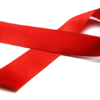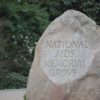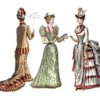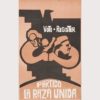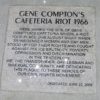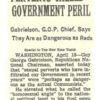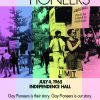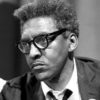The AIDS Epidemic (1 of 4): The Government’s Response
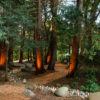
This lesson plan seeks to examine the ways in which the United States government ignored a disease that took thousands of American lives. It will debunk fallacies about HIV/AIDS and use the history of AIDS in the US to analyze how powerful activism can be.

